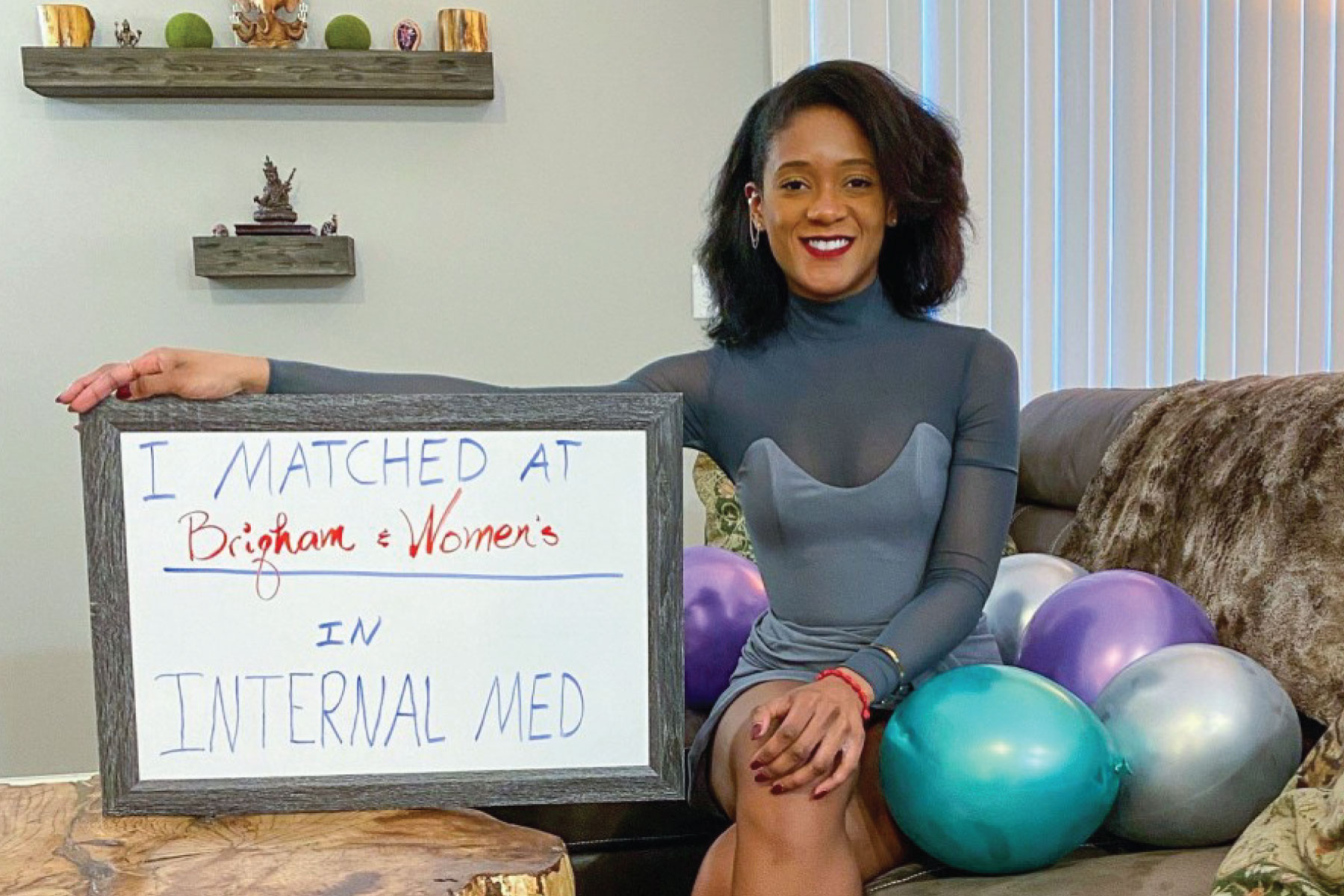
Between 2020 and 2021, the percentage of newly recruited residents who identify as underrepresented in medicine—Black, Latinx, and Native American—increased from 10% to 27% across the Brigham’s 16 residencies.
What spurred this outcome?
One factor was the COVID-19 pandemic, which led training programs across the country to hold virtual, rather than in-person, interviews. Suddenly, medical students—who spend $7,000 on average applying and traveling to interview with multiple residency programs—had fewer financial constraints on the number of interviews they could attend.
Another important factor was the Brigham’s re-engineered recruitment process, says Galen Henderson, MD, chief diversity and inclusion officer for faculty, trainees, and students in the Center for Diversity and Inclusion.
In 2020, Henderson rolled out a 5-year plan for all Brigham residencies to exceed national diversity benchmarks set by the Accreditation Council for Graduate Medical Education. This roadmap helped residency leaders develop intentional plans to recruit more underrepresented trainees.
“Compared to other programs across the country, we were outliers in our success,” says Henderson, who is also the Brigham’s director of neurocritical care. “Applicants for our residencies are making decisions based on the diversity of our patient population, faculty, and leadership. The Brigham is a great institution, and it can be even better when we amplify, support, and create an equitable environment for those who are underrepresented. It’s a win for the medical and scientific community.”

